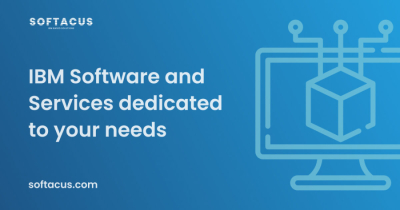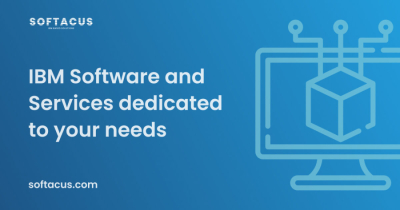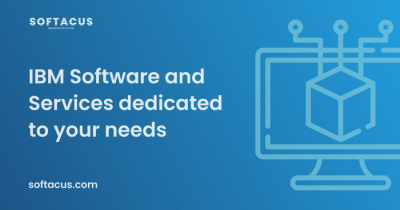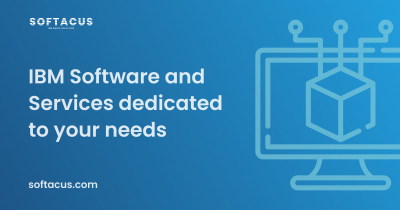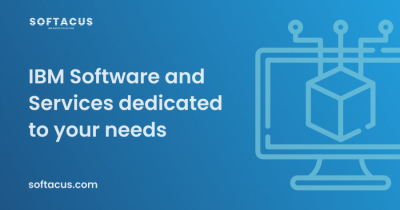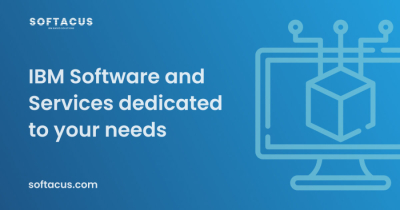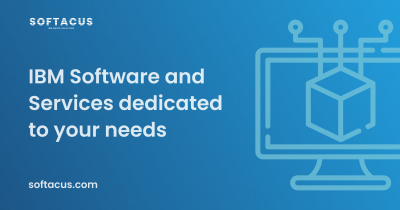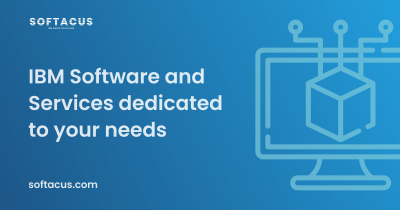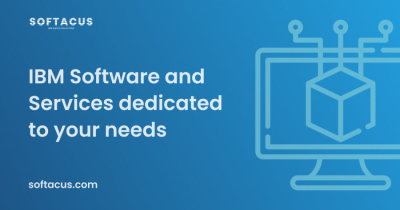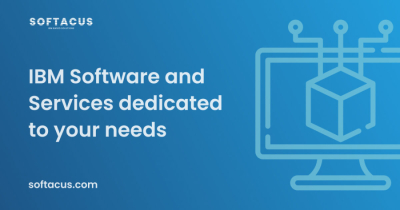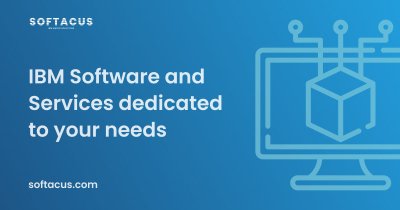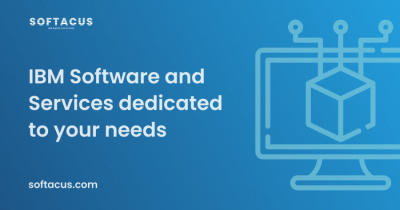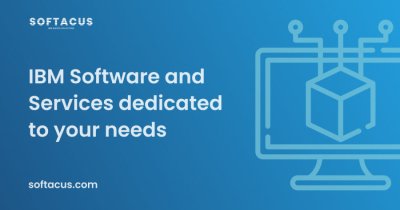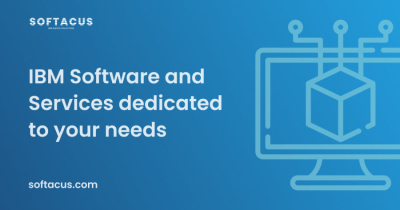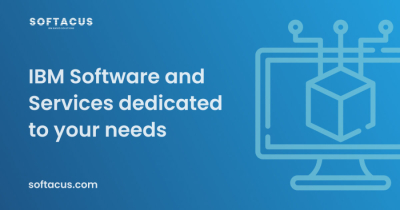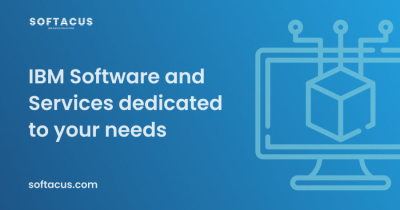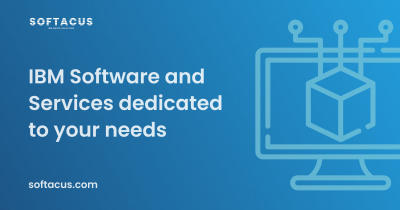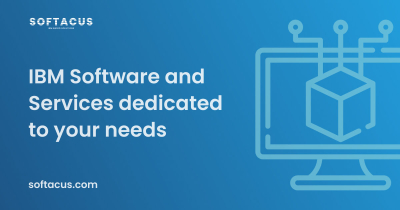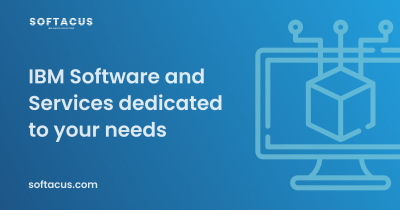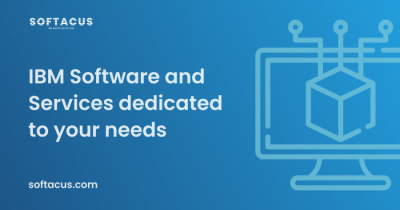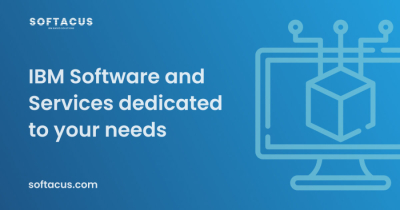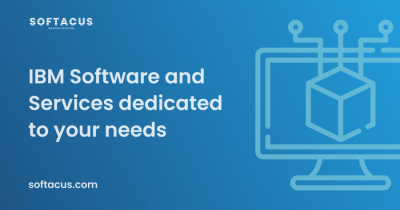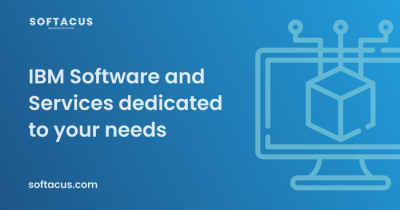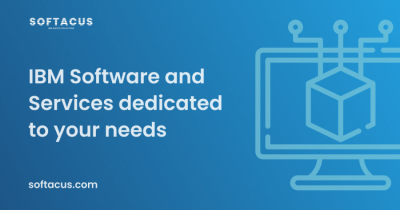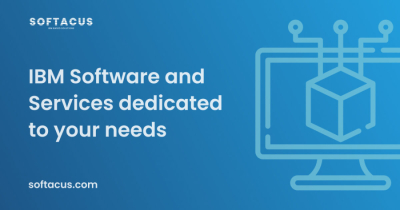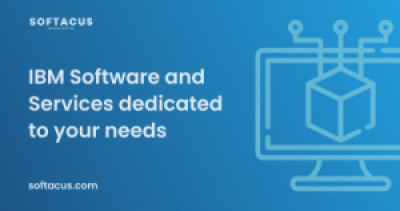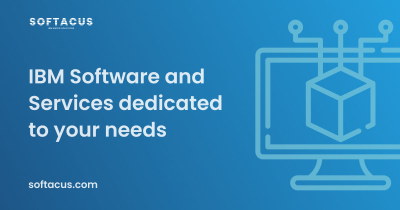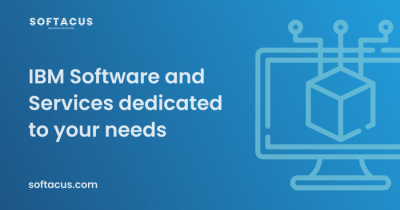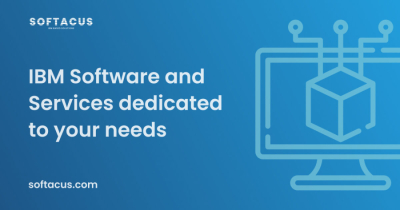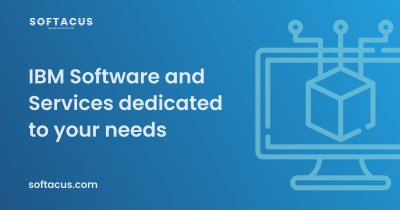

DOORS Next Generation (35)
Children categories
In this article you will learn how to manage changes in your DOORS Next project, increase reusability and deliver changes quickly while adhering to proper change control practices.
In this article, you will learn about agile enterprise requirements management and how it can help you lower development costs, improve quality control, minimize risk and avoid project delays.
In this article, we will explore the essential part of requirements engineering - conducting an effective requirements review process with IBM DOORS Next.
Explore the guide on choosing between IBM Jazz Platform and Siemens PLM. Get insights for an informed decision on your platform preference.
So you have applied the latest iFix as that is the best praticse for your CLM/ELM environment just to find out your widgets have stopped working and you cannot find what could be the cause of the problem? With the new iFixes starting from versions ELM 7.0.2 iFix004, ELM 7.0.1 iFix009, CLM 6.0.6.1 iFix018, and CLM 6.0.6 iFix022 the IBM has implemented new security measures to prevent Server-Side Request Forgery (SSRF) vulnerabilities.This measure has changed the behavior of all OpenSocial gadgets and RSS feeds that fetch content from an external service or location which results in errors when trying to add widgets to your side-panel or dashboard that worked flawlessly before. Solution? In order to fix this issue and get your widgets working again you need to add the location (URLs) of your extension hosting servers into jazz "allowlist" first.You can find the allowlist in JTS application in Admin menu.…
Unlock collaborative potential with DOORS Next Generation's powerful commenting feature. Streamline communication and enhance project collaboration.
This article describes out-of-the-box and custom solutions for tracking the changes between the configurations. You can learn how to use Configuration Comparison feature and how it works, but we also described some custom developed solutions by Softacus.
This article describes the possibilities you have for the underlying database for Jazz Platform. Compared are advantages and disadvantages between the following databases: IBM DB2 Oracle DB MS SQL Derby (only for non-productive trial use)
Introduction Deleting information from any document is something to think about twice may be thrice. But deleting a requirement from a specification is not as simple as deleting a sentence. A requirement is an object which holds not only the specification sentence but other information like name-value pair attributes, history, link information etc. In this document we will try to explain possible ways to approach how to delete requirements Challenges Sometimes it is required to discard some information from the project for various reasons. But even in such cases, when specification information is discarded, there are still some risks as follows: It may break the integrity of the overall information map. The information piece to be discarded may not be needed in one configuration but may still be critical in others. The information piece to be discarded now, may still be an important component of an audit trail The information…
Navigate the distinctions between DOORS Next Generation and DOORS Classic. Explore the doors classic and doors next differences for informed project choices.
Tackle DOORS Classic to DOORS Next migration seamlessly. Uncover challenges and discover effective solutions in this comprehensive user manual.
In this article, part two of a series on requirements reviews, you'll learn more about advanced topics, workarounds to limitations, tips, and tricks for reviewing requirements in a module.
Compare the features and capabilities of DOORS Next and Polarion with our comprehensive DOORS Next/Polarion Comparison manual. Make informed decisions.
In Doors NG there are three types of templates - Project Area Template, Module Template, and Artifact Template. All of these templates can be managed on the project administration Templates page. Config. Management enabled = Manage Component Properties --> Templates --> Component or Artifact Templates (in the left sidebar)Config. Management disabled= Manage Project Properties --> Templates --> Project or Artifact Templates (in the left sidebar)
You can enhance the Requirements Management (RM) application by authoring extensions for it. The extensions can enhance productivity and are useful for analysis. You can add the extensions to your mini dashboard and remove them as needed. Extensions are authored by using a combination of JavaScript, HTML, and CSS files. The extensions access data within the RM application by using an RM API. This article aims to help you with enabling and uploading the widget extensions in Engineering Requirements Management DOORS Next. Widget Extensions
Introduction IBM® Rational® DOORS® Next Generation is consistently one of the best requirements management tools out there. One of its biggest strengths is the opportunity to expand its capabilities by the people using it, so that they can utilize it to its fullest. Whether you are someone who already uses IBM® Rational® DOORS® Next Generation on a regular basis or someone who is considering using it, the knowledge of how you can optimize your work environment is the key to peak productivity in the workplace. Purpose of the article - OS Gadgets This article will be delving into how you can extend IBM® Rational® DOORS® Next Generation behavior with JavaScript, in particular we will be focusing on OpenSocial gadgets (widgets that are created following OpenSocial standards), as DOORS Next offers its users a JavaScript API which enables OpenSocial gadgets to automate intricate operations and work with the requirement data. Here…
Introduction The history is an important part of the requirements management tool and the purpose of this article is to explain functions and capabilities of DOORS Next for working with history of requirements. Artifact revisions On the very basic level history of requirements management items in DOORS Next is organized on artifacts level and is presented as revisions and audit history. This information is accessible for artifacts via ‘Open history’ action in the menu (Figure 1). Figure 1 The first tab you see when you open history is ‘Revisions’, it is splitted on ‘Today’, ‘Yesterday’, ‘Past week’, ‘Past month’ and ‘Earlier’ sections which include different versions of an artifact and baselines of project area or component. When you switch to the ‘Audit history’ tab you see only versions of a current artifact with explanation of actions performed on it and changes which were created with information on date…
Introduction The history is an important part of the requirements management tool and the purpose of this article is to explain functions and capabilities of DOORS Next for history maintenance. The Challenges to Managing History in DOORS Next Generation On the very basic level history of requirements management items in DOORS Next is organized on artifacts level and is presented as revisions and audit history. This information is accessible for artifacts via ‘Open history’ action in the menu. The first tab you see when you open history is ‘Revisions’, it is splitted on ‘Today’, ‘Yesterday’, ‘Past week’, ‘Past month’ and ‘Earlier’ sections which include different versions of an artifact and baselines of project area or component. When you switch to ‘Audit history’ tab you see only versions of a current artifact with explanation of actions performed on it and changes which were created with information on date and time and…
This article aims to help the user with the process of deploying templates to the DOORS Next Generation. The official procedure is described by IBM here:https://jazz.net/wiki/bin/view/Main/RRCCustomRRDGReportsWalkthrough In brief, you can deploy the template to DOORS NG easily steps:
For completeness, the DNG public API's that are available are: RDNG Reportable API - extracting read only information from RDNG generally for creating custom reports to be run from DNG or RPE. As well, it can be used in a lot of custom applications interacting with RDNG. Big advantage of this API is its simplicity and great performance if you need to work with big amounts of data. Sometimes it's called as RDNG Reportable REST API. OSLC RM V2 API - the open standard way to programmatically integrate with DOORS Next Generation, there is an elaborate workshop to get you started here OSLC Workshop article. These programs can be from any language that supports various HTTP methods of requests, e.g. Java, C# etc. Hence these are more flexible to run and can read and update DNG data, as part of a web server, or standalone, but have some limitations set by the current OSLC standard, for example…
This article explains how to use the "Link by attribute" function to automatically create, update, or delete one or more links between artifacts based on values in the attributes of the artifact.
In this article you will learn how to create link constraints in requirements management to ensure coherence and consistency in your project and how to prevent user errors and inconsistencies when creating links between requirements.
This Article provides an overview of basic terms and definitions related to artifacts, modules, and collections. It highlights the relationships and differences between base and model artifacts and emphasizes the importance of understanding these concepts when working with artifacts in a project.
Find out how effective requirements management promotes cooperation, reduces risks, and paves the way to project success through proper team management.
The purpose of this article is to make an overview of options you have when you have a need for reuse of artifacts like requirements, specifications, contracts or event full lifecycle management projects in IBM Rational Collaborative Lifecycle Management Platform (IBM Jazz). This article will be improved several times but the intention is not to describe everything since this is done in the consulting engagement.
Option 1: Project Area or Component Template How to: In the current project go to Project or Component Properties > Templates Create New Click on data which you want to copy (if you click on Artifact then all artifact will be part of the template Create a new project area or component and use a template for creation (template must be downloaded and uploaded if you are porting to a new server) Advantages: Works also for porting to a new server Links between artifacts are kept project area properties are automatically saved Are links within the project area/component are kept
Discover the power of templates in DNG. Explore how these templates in DOORS Next Generation streamline workflows and enhance project management.


